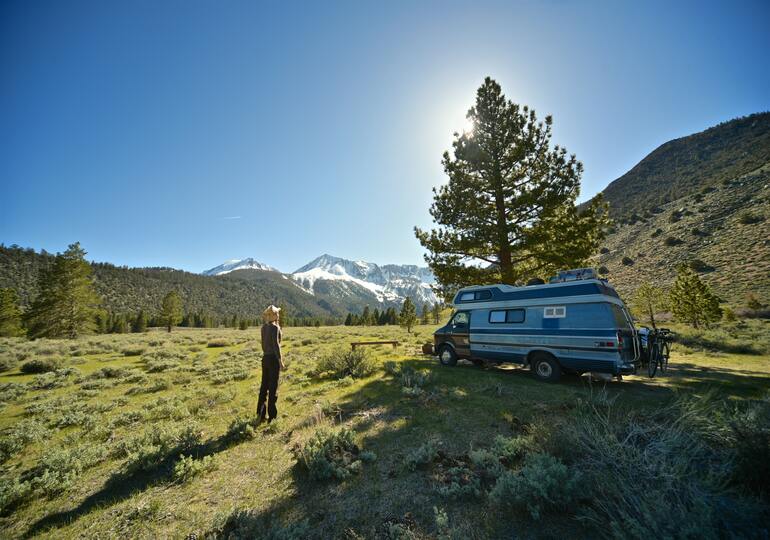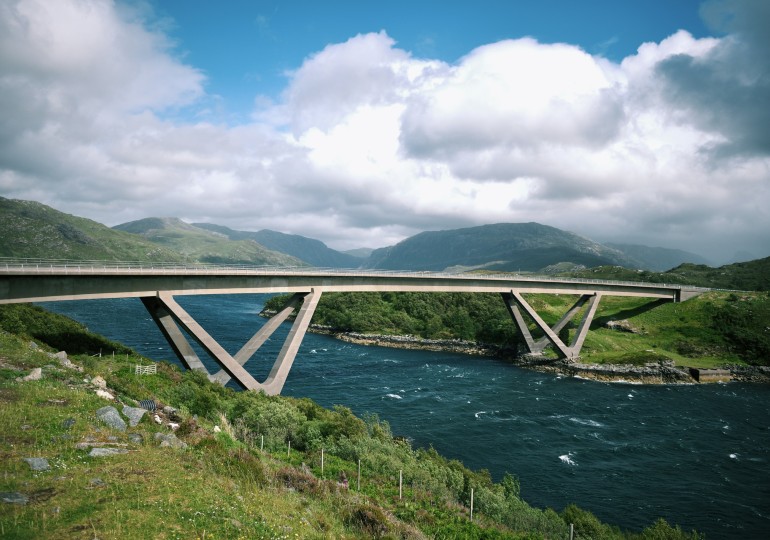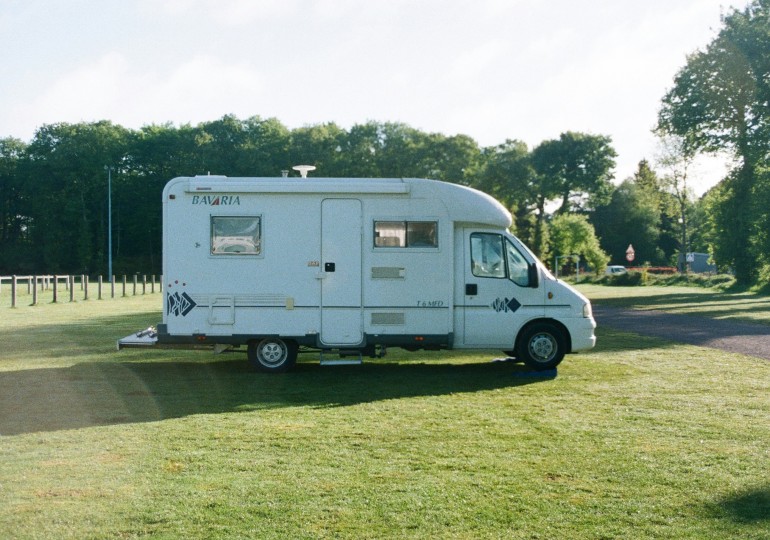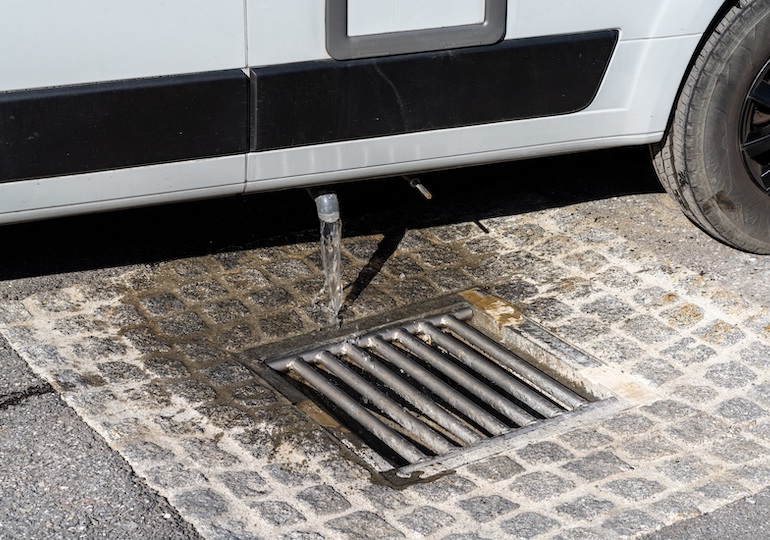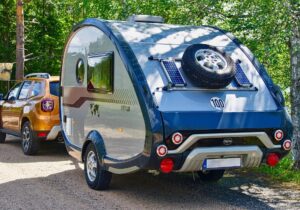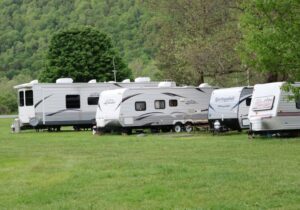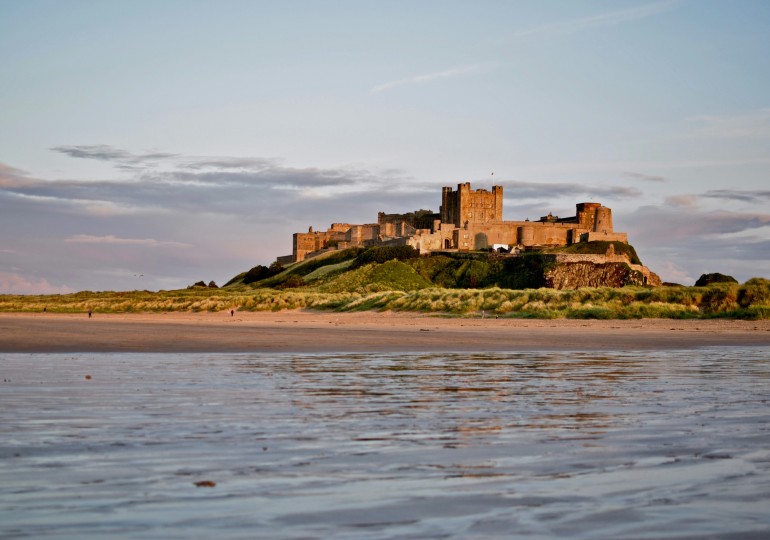Dan Cartwright has over 12 years of experience in the caravan and motorhome industry. He is a judge for a number of prestigious leisure vehicle awards and regularly heads off in his motorhome with his family. Every week, Dan shares his insights with the community. Here’s what he has to say this week.
Having spent a week at the Motorhome and Caravan Show 2022, I got the opportunity to talk with lots of people and noticed an influx of newcomers and individuals looking to move up from the canvas options.
Today, there’s a wider range of types and classes than ever before, which can be confusing for those just starting to look for their perfect motorhome. Unfortunately, there’s not always a clear industry definition to help people understand exactly what’s on offer.
This week in the Cartwright Chronicle, we’ll take a brief look at points of difference between the main terms you’ll hear when looking at motorhomes to highlight the key features of each type.
Campervans
A campervan is a van that has been built on a smaller shell or converted from one into a motorhome.
People often think of old-school VWs or modern Californias when this term pops up, but there’s a huge volume of self-converters and motorhomes built on the VW chassis that aren’t manufactured by VW. In fact, we’re seeing more and more campervans based on Citroens, Peugeots and, very popular now, Ford.
Most people would define a campervan as ‘not having a dedicated indoor toilet, shower or washroom’, which is a good rule of thumb for those new to the scene. These motorhomes are generally under six metres in length, may or may not have a pop top and the rear bench travelling seats will usually let down into a bed, although not always.
Van conversions
Also known as a panel van, these are larger models like the Fiat Ducato or Ford Transit, where the interior has been converted into a motorhome, but the outside remains the same as the base van.
There are plenty of UK manufacturers producing these vans, with a wide variety of factory-fit options spanning a lot of price points.
With that extra room gained over the base model, van conversions typically benefit from an indoor toilet, shower and washroom. Often, they have better kitchen facilities and larger fridges.
Most of these motorhomes have dedicated seating areas. They can be two-berth or four-berth and with or without a pop top. In terms of length, van conversions generally start at roughly six metres, but extra-long wheelbase versions span up to seven metres.
Semi-integrated motorhomes
Motorhomes are sometimes referred to as ‘semi-integrated’. These are vehicles where the motorhome manufacturer builds the entire habitation aspect and the only parts supplied by the automotive manufacturer are the cab and the two front wheels.
Most UK motorhomes are built on an Alko chassis, then traditional coach-building methods are used to construct everything behind the cab. Typically, they have wider habitation areas than base model vans and are often higher.
These vehicles range from two to eight-berth, depending on size. Additionally, motorhomes can be anywhere between six to eight metres in length.
Extra features include electronic drop-down beds; above-cab beds; designated daytime-nighttime and sleeping areas; full central heating and hot water systems; onboard water carrying and waste facilities; as well as the infrastructure for gas and electric hookup.
A-class motorhomes
Also known as fully-integrated motorhomes, these are generally the most expensive of the different classes. With an A-class, the manufacturers build the entire exterior of the motorhome, while the only things supplied by the automotive manufacturer are the engine and steering components.
When you consider a dream motorhome, you’re probably thinking about an A-class. They feature twin rear wheels, front windows with huge, panoramic views and can be much longer than other types, ranging from six metres up to nine or ten metres on certain UK models.
Image credit: Fabien Rousselot / Unsplash

